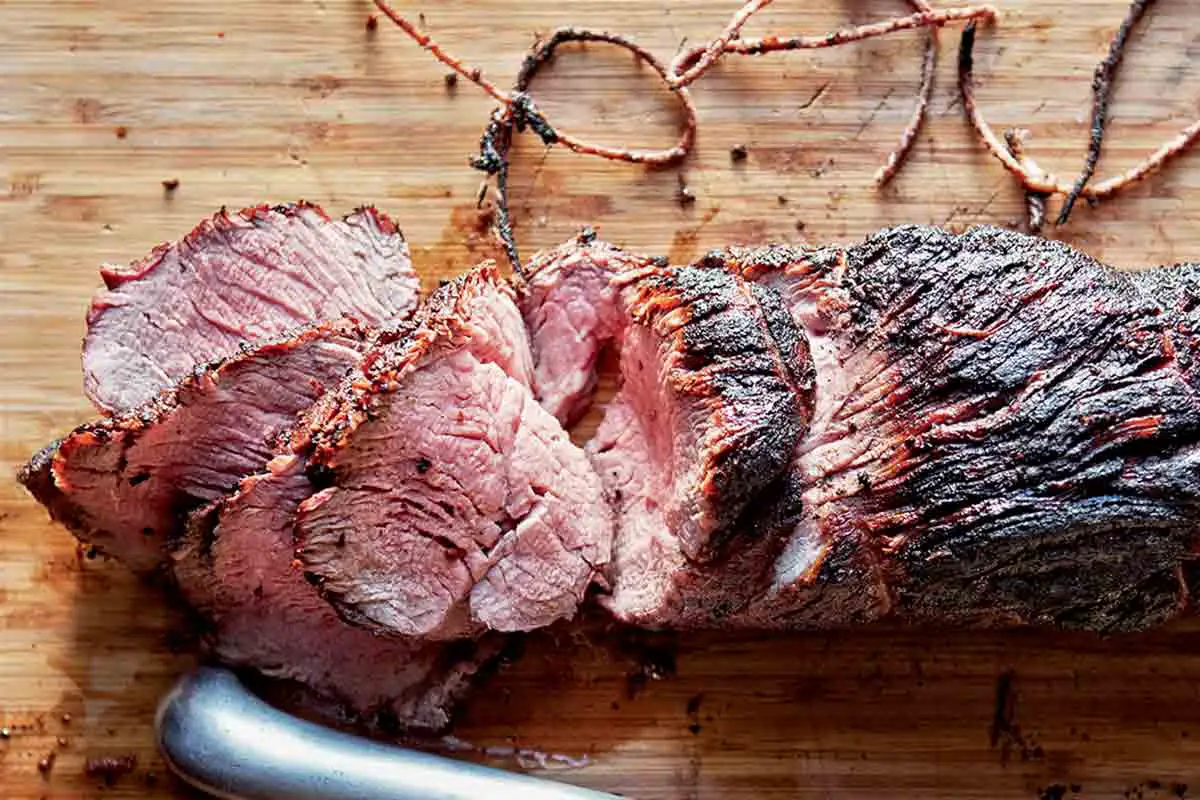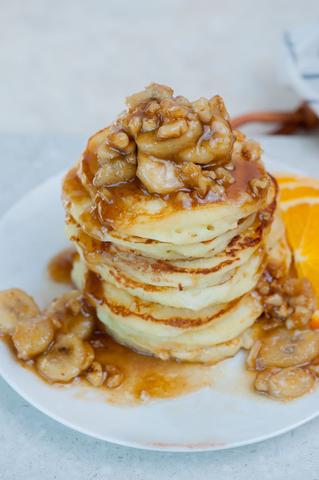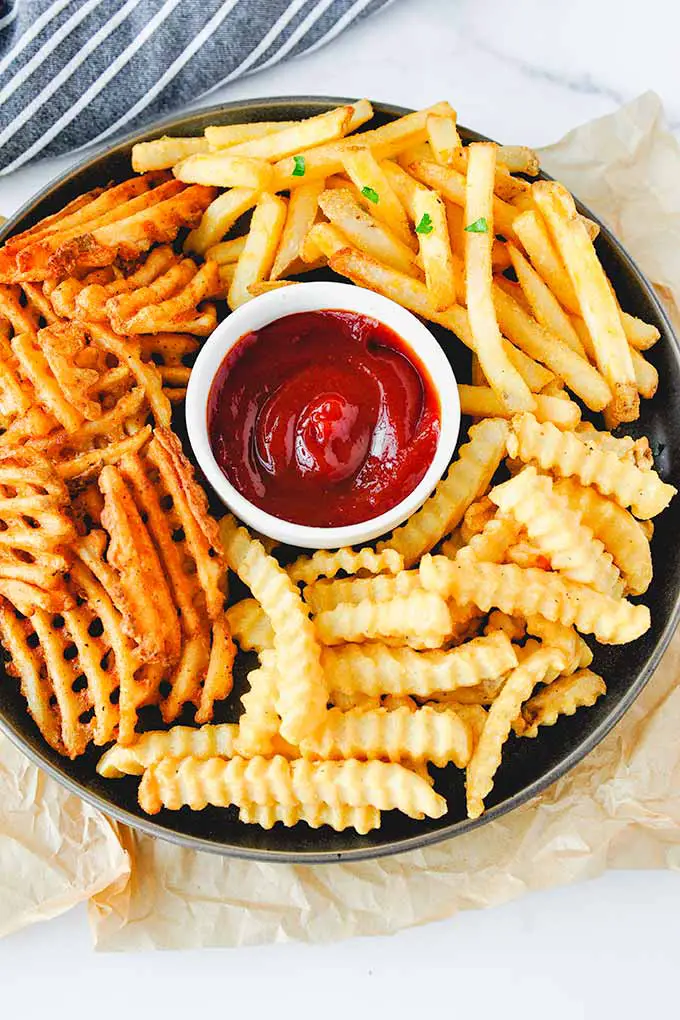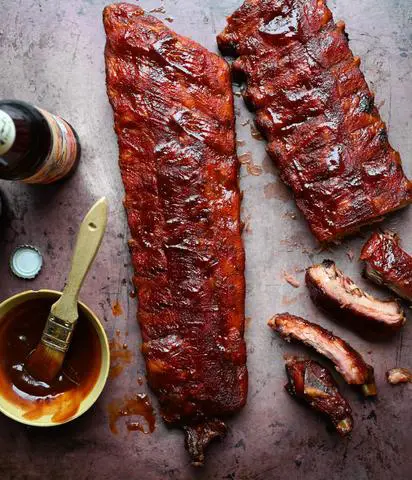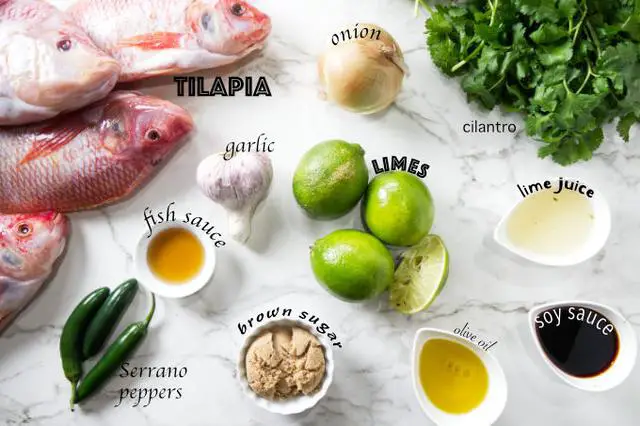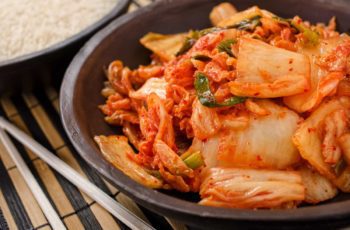
Kimchi is a Korean dish that is made from fermented vegetables. It is typically served as a side dish, but can also be eaten as a main course. Kimchi is a healthy option, and it can be enjoyed for breakfast, lunch, or dinner. Although kimchi lasts for a while in the fridge, it eventually goes bad. So, how long does kimchi last in the fridge? Let’s take a look.

What is kimchi?
Kimchi is a Korean dish made from fermented vegetables. It is typically made with cabbage, radishes, and scallions, and it is often spicy and sour. Kimchi is a healthy food choice because it is low in calories and fat, and it is a good source of fiber, vitamins, and minerals.
Nutritional facts of kimchi:
Since kimchi varies widely in ingredients, its exact nutritional profile differs between batches and brands. All the same, a 1-cup (150-gram) serving contains approximately:
- Calories: 23
- Carbs: 4 grams
- Protein: 2 grams
- Fat: less than 1 gram
- Fiber: 2 grams
- Sodium: 747 mg
- Vitamin B6: 19% of the Daily Value (DV)
- Vitamin C: 22% of the DV
- Vitamin K: 55% of the DV
- Folate: 20% of the DV
- Iron: 21% of the DV
- Niacin: 10% of the DV
- Riboflavin: 24% of the DV
Health Benefit of kimchi:
Contains probiotics:
Probiotics are live bacteria that are beneficial for gut health. They can be found in fermented foods like kimchi.
Aids digestion:
Kimchi contains lactic acid, which may help aid digestion and prevent constipation (6Trusted Source).
Boosts immunity:
The probiotics in kimchi may help boost immunity by stimulating the production of white blood cells
Reduces inflammation:
The antioxidants in kimchi may help reduce inflammation throughout the body
Slow aging:
Kimchi contains vitamins A and C, which are both antioxidants. These nutrients may help protect cells from damage and slow the aging process.
Aid weight loss:
Kimchi is low in calories and high in fiber, both of which may help promote weight loss.
Support heart health:
The antioxidants in kimchi may help protect against heart disease by reducing cholesterol and blood pressure levels.
Does Kimchi Really Go Bad?
It is important to note that kimchi does not go bad in the traditional sense. The fermentation process prevents harmful bacteria from growing, and the vegetables used in kimchi are naturally high in acidity, which also inhibits the growth of bacteria. However, kimchi can become sour and unpalatable over time.
Signs That It Is Still Ok To Eat Kimchi
Sourness:
One of the signs that kimchi is still safe to eat is its sour smell. As kimchi ages, the fermentation process causes it to become sourer. While this may make the kimchi less pleasant to eat, it does not make it unsafe.
Texture:
Another sign that kimchi is still good to eat is its texture. As kimchi ferments, the vegetables soften and break down. This makes the kimchi mushy in texture. While this may not be desirable, it does not make the kimchi unsafe to eat.
Explodes When Opening:
When kimchi ferments, gas is produced. This gas can cause the kimchi to expand and even explode when opened. While this may seem like a bad sign, it actually indicates that the kimchi is still fermenting and is thus still safe to eat.
Bulging Cap:
Another sign that kimchi is still fermenting and is thus still safe to eat is a bulging cap. This is caused by the production of gas during fermentation, and it is not indicative of spoilage.
How To Know When Kimchi Has Gone Bad?
While kimchi does not go bad in the traditional sense, there are some signs that it has gone bad. These include:
Mold:
One of the signs that kimchi has gone bad is mold growth. Mold can cause the kimchi to spoil and make it unsafe to eat.
Off-putting Smell:
Another sign that kimchi has gone bad is an off-putting smell. If the kimchi smells sour or unpleasant, it should be discarded.
Unusual Color:
If the kimchi changes color, this may be a sign that it has gone bad. The vegetables in kimchi should be a vibrant red color. If the kimchi is brown or black, it should be discarded.
Tastes Unusual:
If the kimchi tastes sour, rancid, or otherwise unpleasant, it should be discarded.
Pasteurized vs. Unpasteurized
When purchasing kimchi, you will notice that there are two types: pasteurized and unpasteurized. Pasteurized kimchi has been heated to kill any harmful bacteria, while unpasteurized kimchi has not been heated. Both types of kimchi are safe to eat, but unpasteurized kimchi may contain live bacteria that can be beneficial for your gut health.
Kimchi’s Shelf Life – How Long Can It Last?
Below is the table that estimates when it is best to consume kimchi:
| Types | Room Temperature | Fridge |
|---|---|---|
| Kimchi (unpasteurized) | Post Best-by 1 month | |
| Kimchi (Pasteurized, unopened) | Post Best-by 1 – 3 months | Post Best-by 1 – 3 months |
| Kimchi (Pasteurized, opened) | 1 week after opened | Post Best-by 1-3 months |
Types Room Temperature Fridge
Kimchi (unpasteurized) Post Best-by 1 month
Kimchi (Pasteurized, unopened) Post Best-by 1 – 3 months Post Best-by 1 – 3 months
Kimchi (Pasteurized, opened) 1 week after opened Post Best-by 1-3 months

Does Kimchi Need to Be Refrigerated?
While kimchi does not need to be refrigerated, it will last longer if it is stored in the fridge. The cool temperature of the fridge will slow down the fermentation process and prevent the kimchi from becoming sour.
Tips for storing kimchi:
-Kimchi can be stored in the fridge for up to 3 months.
-Make sure the kimchi is tightly sealed in a container to prevent it from drying out or becoming moldy.
-If you notice any mold growth, discard the kimchi immediately.
-You can freeze kimchi for up to 6 months. Thaw frozen kimchi in the fridge before eating.
How to make kimchi at home?
Ingredients:
1 head of napa cabbage, about 2 pounds
1/4 cup kosher salt
2 tablespoons sugar
1/2 cup water
1 medium daikon radish, peeled and grated
1 carrot, peeled and grated
6 scallions, thinly sliced
1 tablespoon freshly grated ginger
3 cloves garlic, minced
1 teaspoon crushed red pepper flakes, or to taste
1/4 cup Korean chili powder (gochugaru)
1/2 cup fish sauce
1/4 cup unseasoned rice vinegar
DIRECTIONS:
Quarter the cabbage and cut out the core. In a large bowl, combine the cabbage and salt and massage until the cabbage is wilted. Let sit for 30 minutes.
In a small bowl, dissolve the sugar in the water.
Drain the cabbage and rinse with cold water. Pat dry with paper towels.
In a large bowl, combine the cabbage, daikon, carrot, scallions, ginger, garlic, red pepper flakes, chili powder, fish sauce, and rice vinegar. Mix well to combine.
Pack the kimchi into a clean glass jar or container. The kimchi can be eaten immediately or stored in the fridge for up to 1 month.
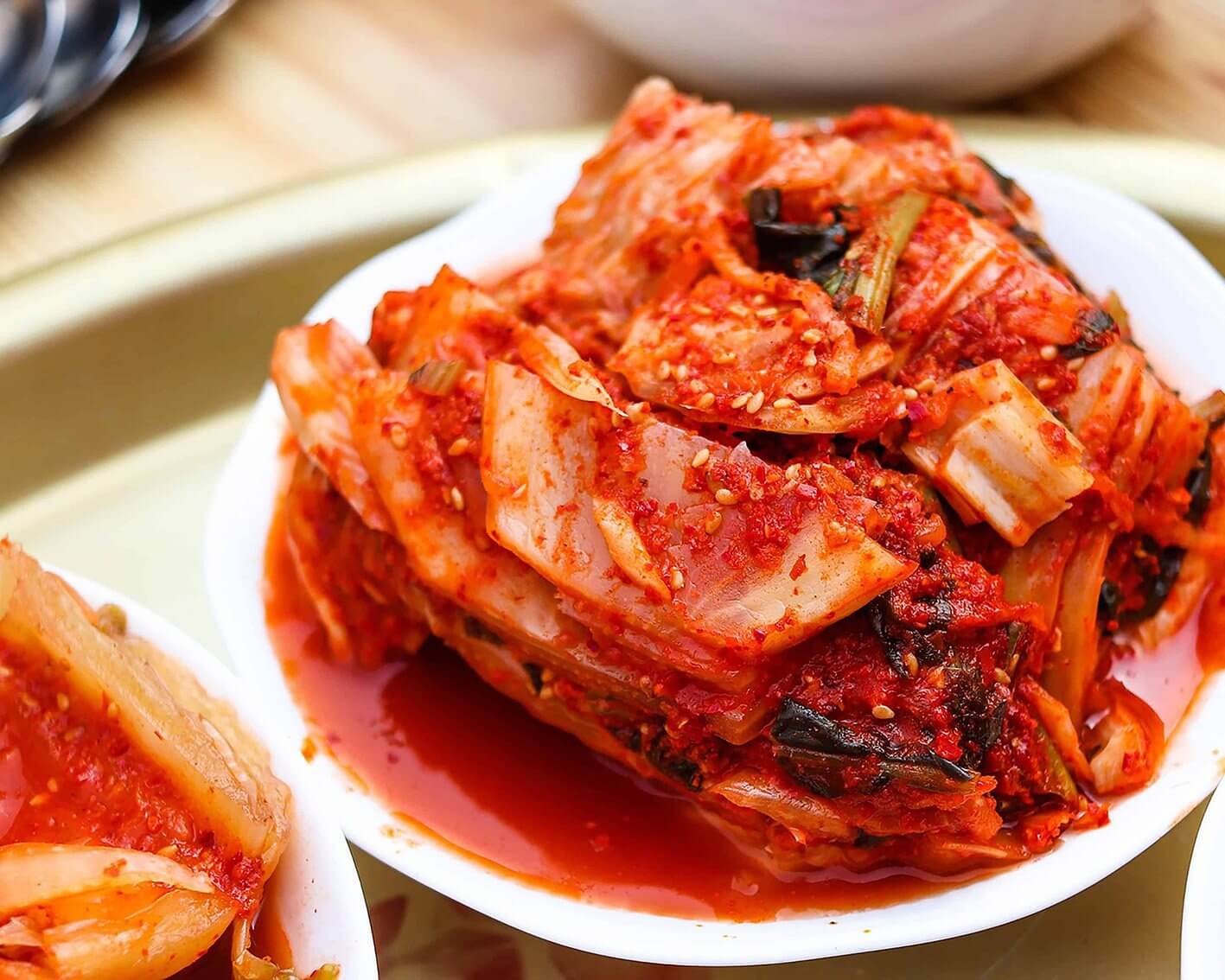
FAQs
Can you freeze kimchi?
Yes, kimchi can be frozen for up to 6 months. Thaw frozen kimchi in the fridge before eating.
Can kimchi go bad?
While kimchi does not go bad in the traditional sense, there are some signs that it has gone bad. These include mold growth, an off-putting smell, and unusual color. If the kimchi displays any of these signs, it should be discarded.
Does kimchi have any downsides?
There are a few downsides to eating kimchi. First, kimchi is high in sodium. This can be a problem for people who are on a low-sodium diet. Second, kimchi can be spicy. This may not be desirable for some people. Finally, kimchi may contain live bacteria. These bacteria can cause gastrointestinal issues in some people.
Can I leave unopened kimchi at room temperature?
Yes, unopened kimchi can be stored at room temperature. However, it will last longer if it is stored in the fridge.
Why is the kimchi so sour tasting?
The sour taste of kimchi is caused by the fermentation process. As the kimchi ferments, the bacteria produce lactic acid, which gives the kimchi its sour flavor.
When I opened my jar of kimchi it overflowed all over the place! Is it still safe to eat?
Yes, the kimchi is still safe to eat. However, you may want to transfer it to a new container with a tight-fitting lid to prevent it from spilling again.
My kimchi is really spicy! Can I tone down the spice?
Yes, you can tone down the spice by adding more vegetables to the mix. This will help to dilute the spiciness of the kimchi.
My kimchi did not make a popping noise or overflow when I opened it. Is it still safe to eat? Are the probiotics inside still active?
Yes, the kimchi is still safe to eat. The probiotics inside may not be as active as they were when the kimchi was first made, but they will still be present.
What is the white stuff floating on top of my kimchi? Is it safe to eat?
The white stuff floating on top of the kimchi is called kahm yeast. It is a harmless fungus that forms during fermentation. Kahm yeast is safe to eat and actually has some health benefits.

The lid of my jar of kimchi is bulging – is it safe to eat?
The kimchi is still safe to eat. However, you may want to transfer it to a new container with a tight-fitting lid to prevent it from spilling.
My kimchi smells bad – is it safe to eat?
No, the kimchi is not safe to eat if it smells bad. The bad smell is a sign that the kimchi has gone bad and should be discarded.
How should I eat kimchi?
There are many ways to eat kimchi. It can be eaten as is, mixed into other dishes, or used as a condiment. Here are some ideas:
-Kimchi can be eaten as a side dish or snack.
-Kimchi can be added to rice or noodles for a quick and easy meal.
-Kimchi can be used as a topping on burgers or hot dogs.
-Kimchi can be mixed into soups or stews for extra flavor.
-Kimchi can be used as a condiment on sandwiches or wraps.
Conclusion
Kimchi is a fermented food that is popular in Korean cuisine. It is made with cabbage, radishes, and other vegetables, and it can be stored for long periods of time. Kimchi is high in sodium and may contain live bacteria, so it is important to be aware of these things before eating it. There are many ways to eat kimchi, including as a side dish, mixed into other dishes, or used as a condiment.
Learn More About Grilling
If you want to learn more about grilling, check out these other helpful resources!

